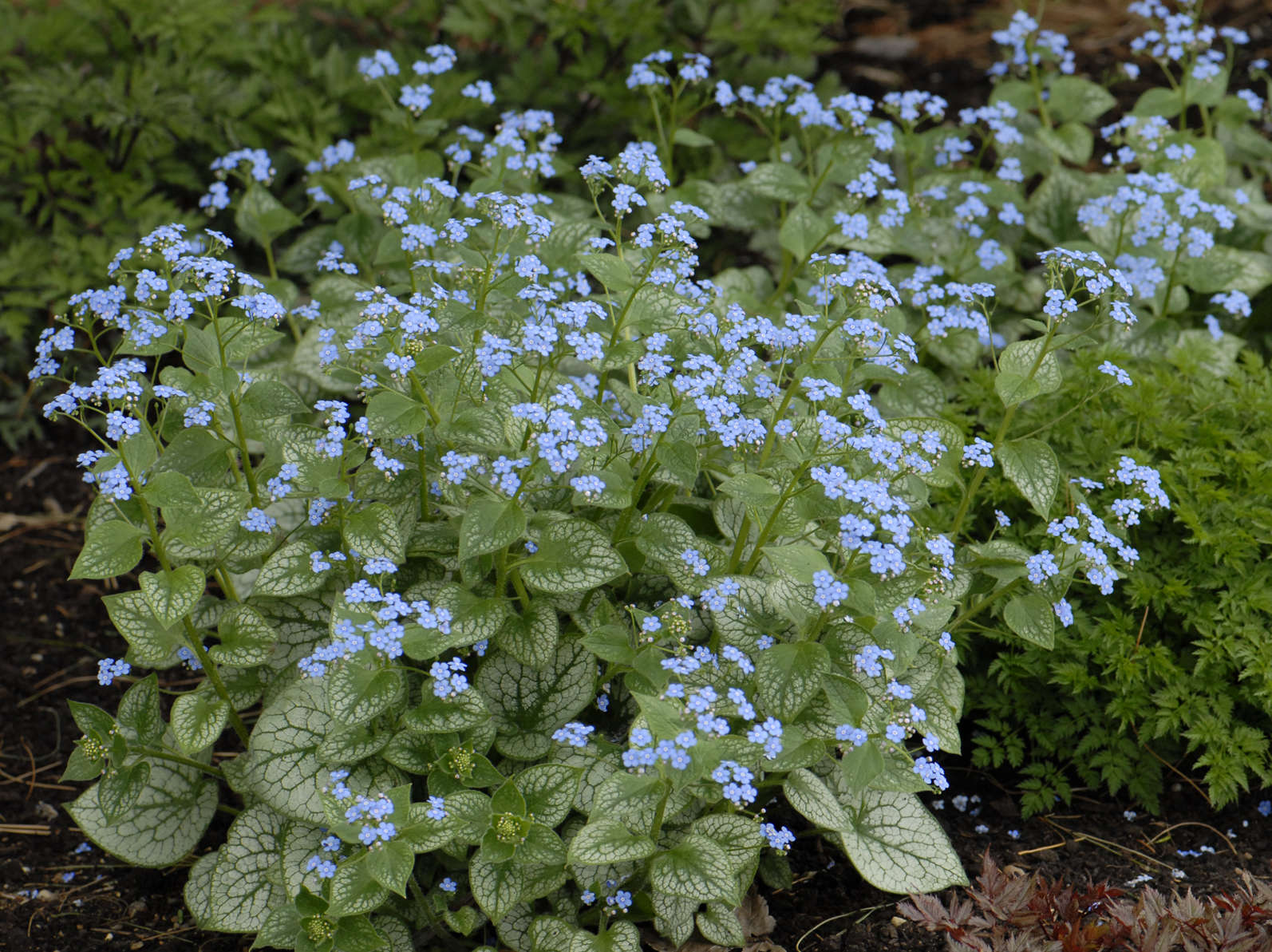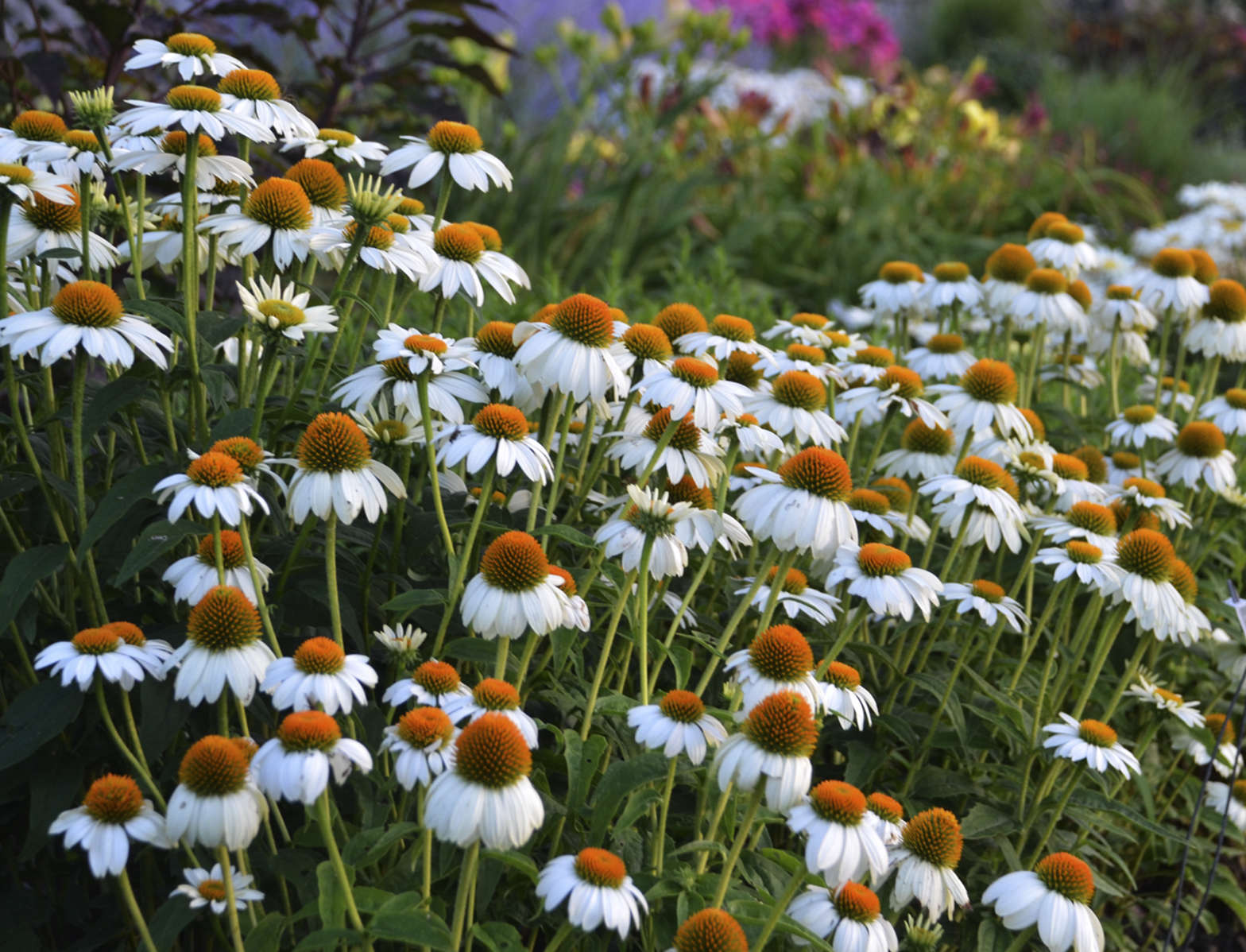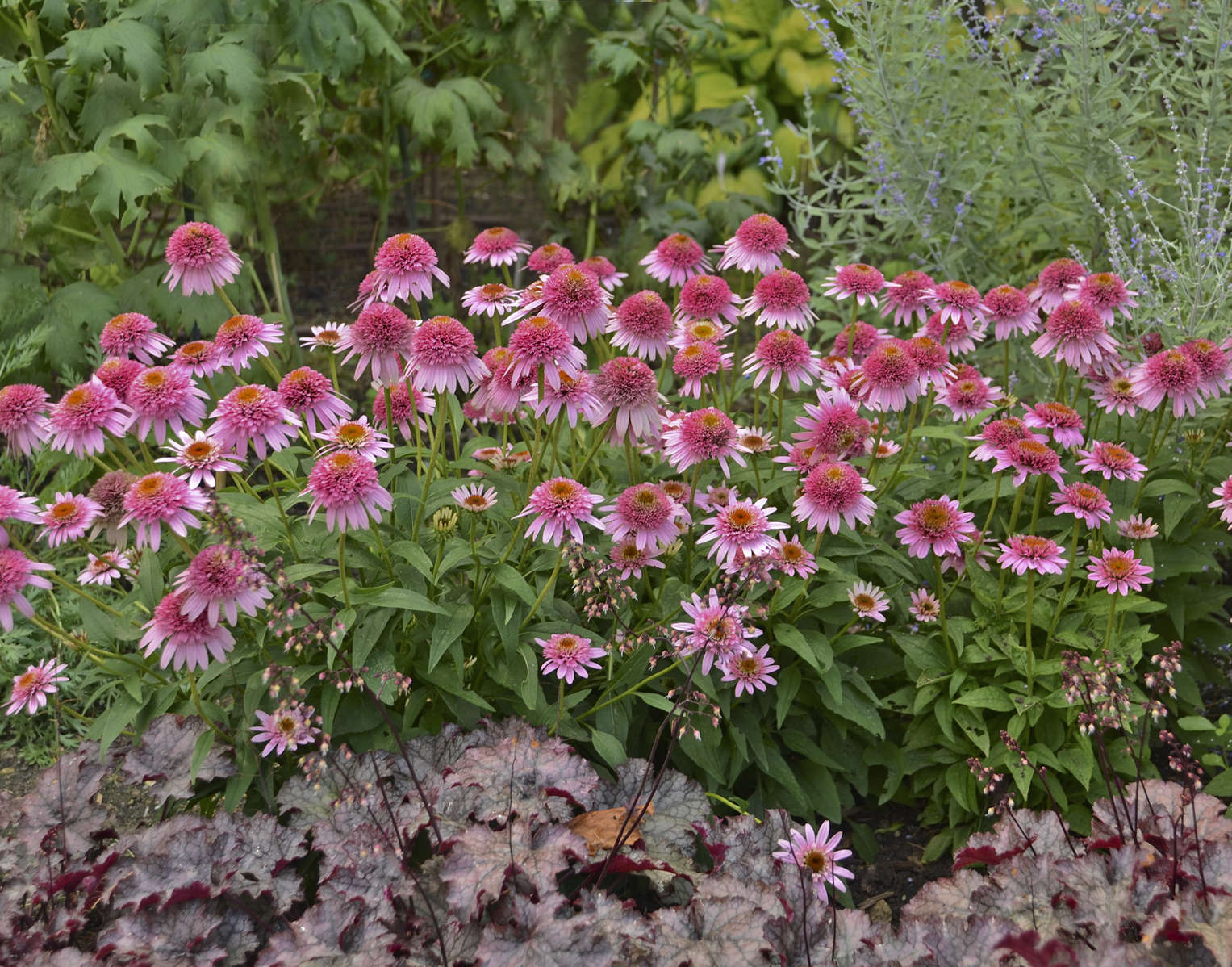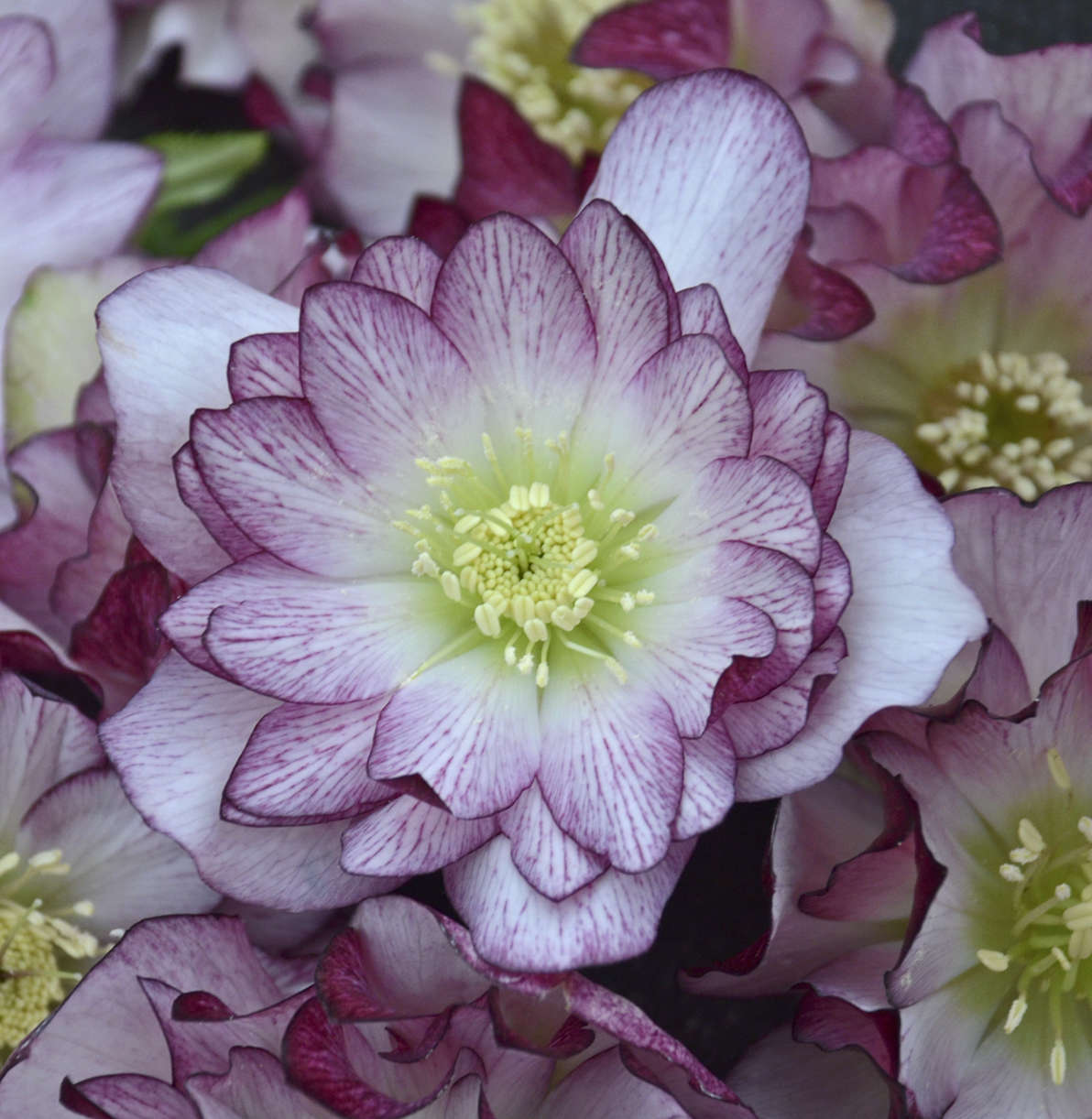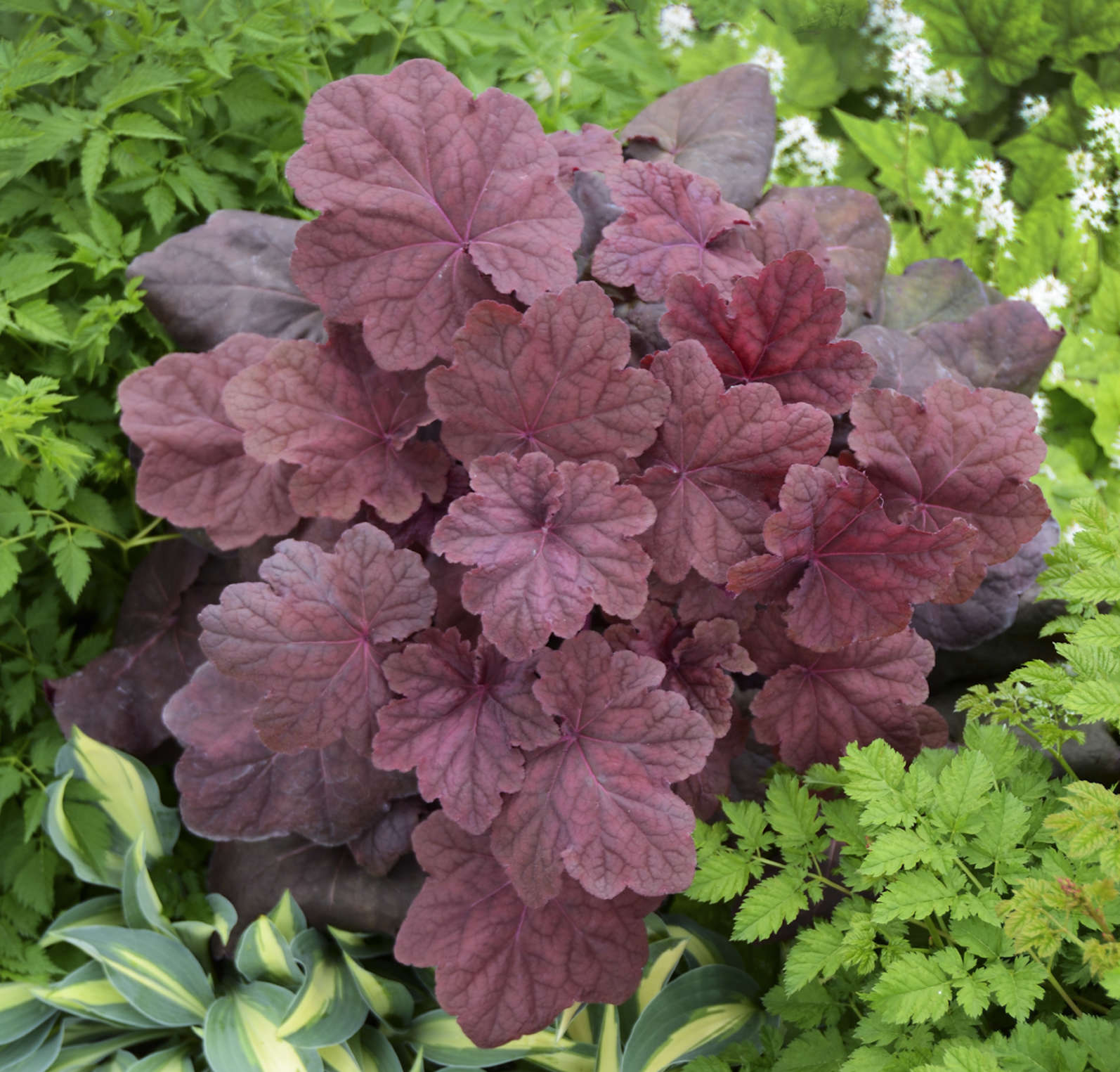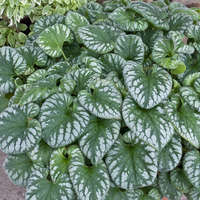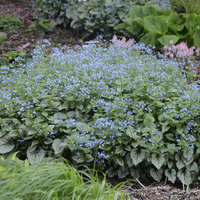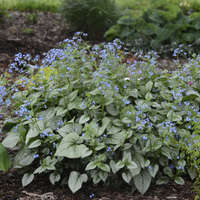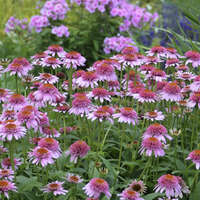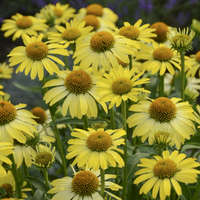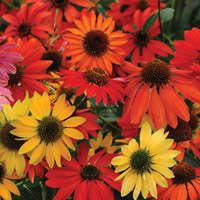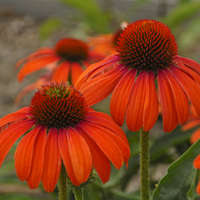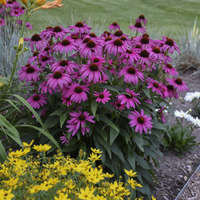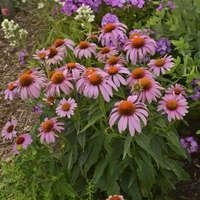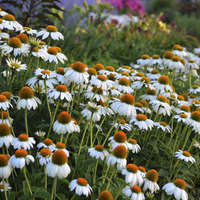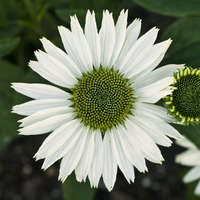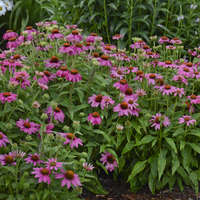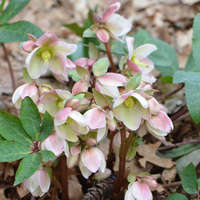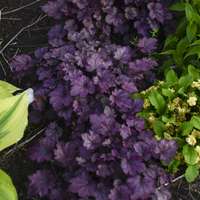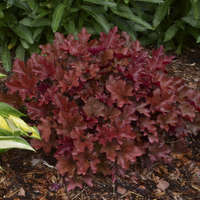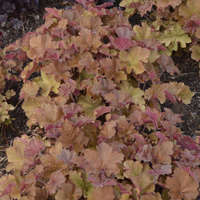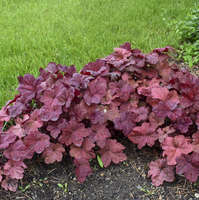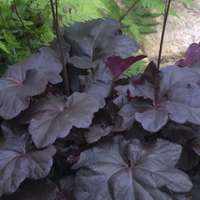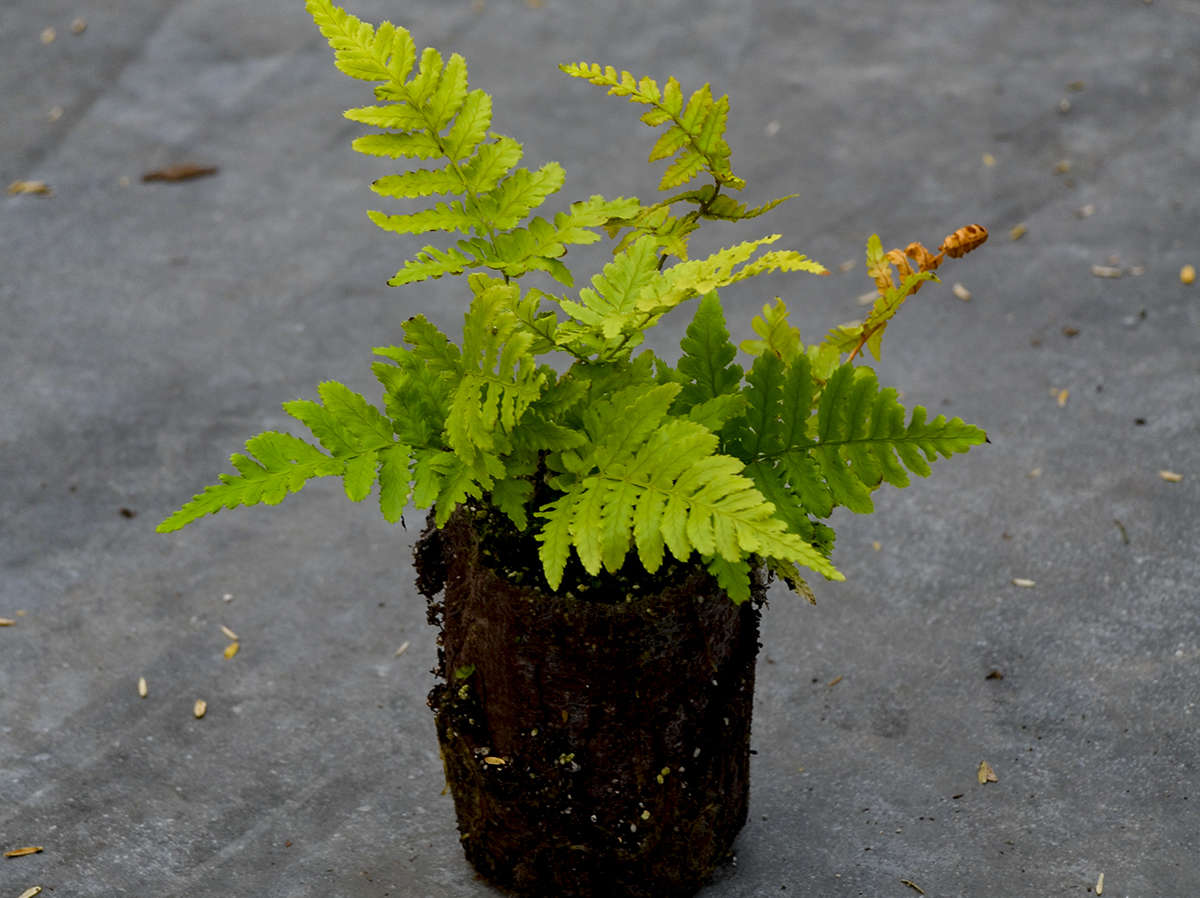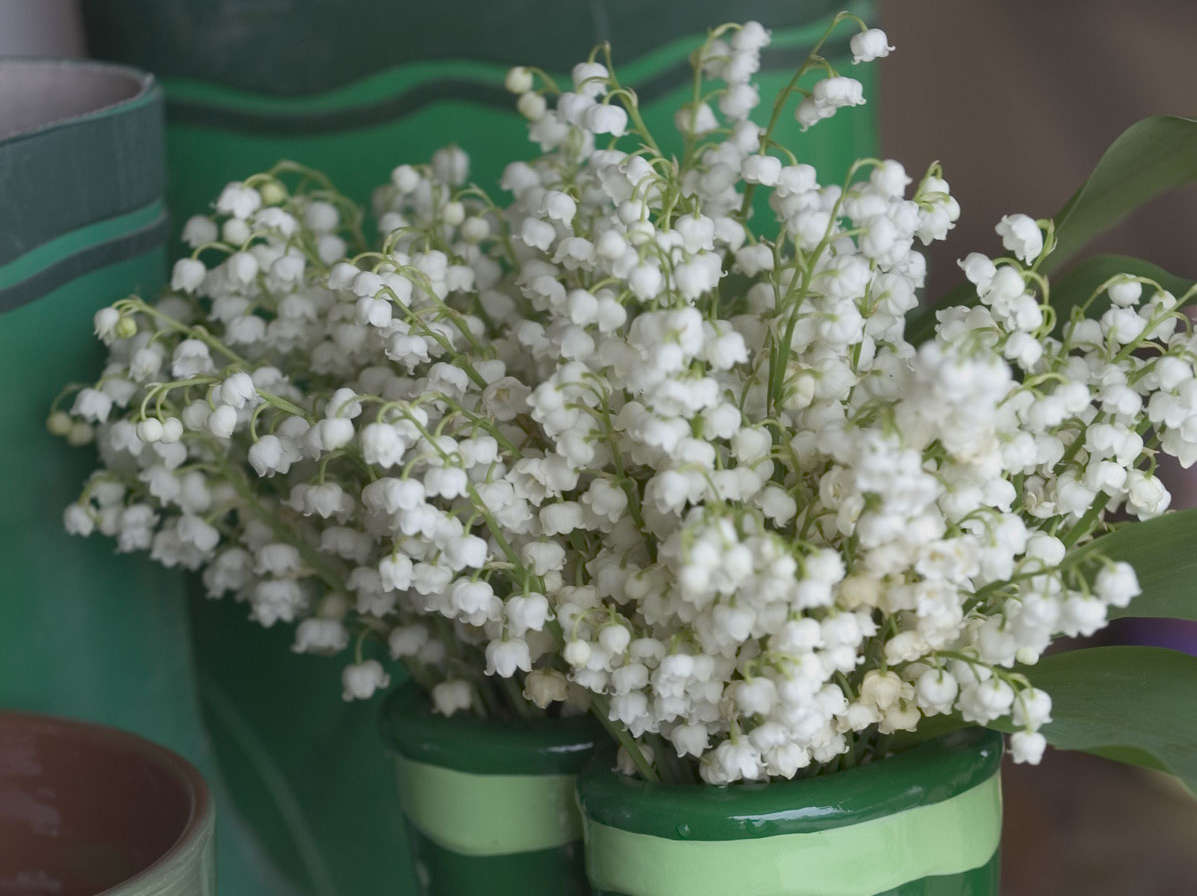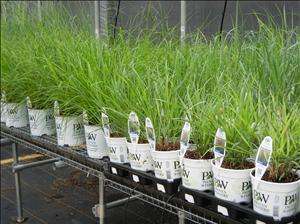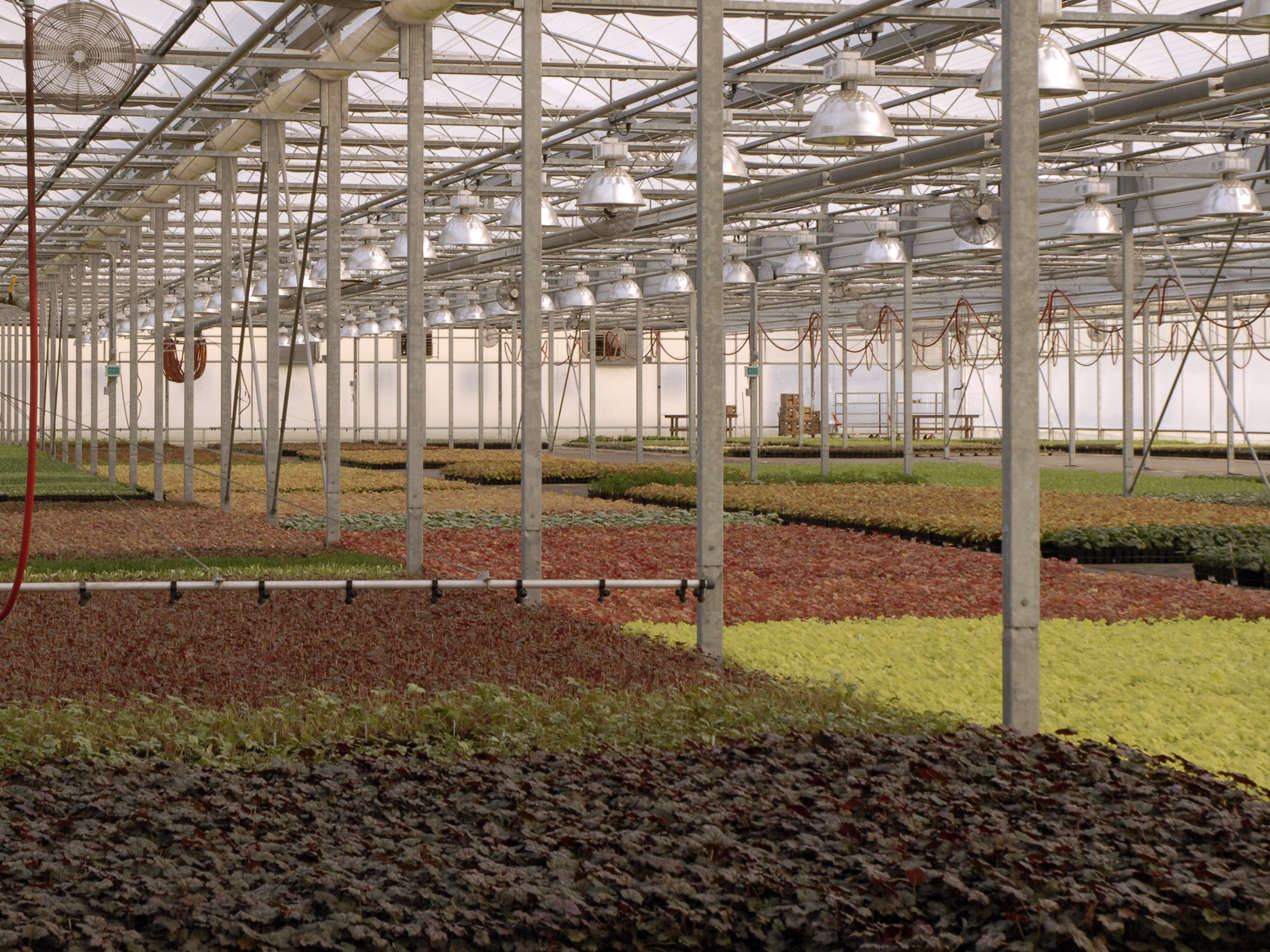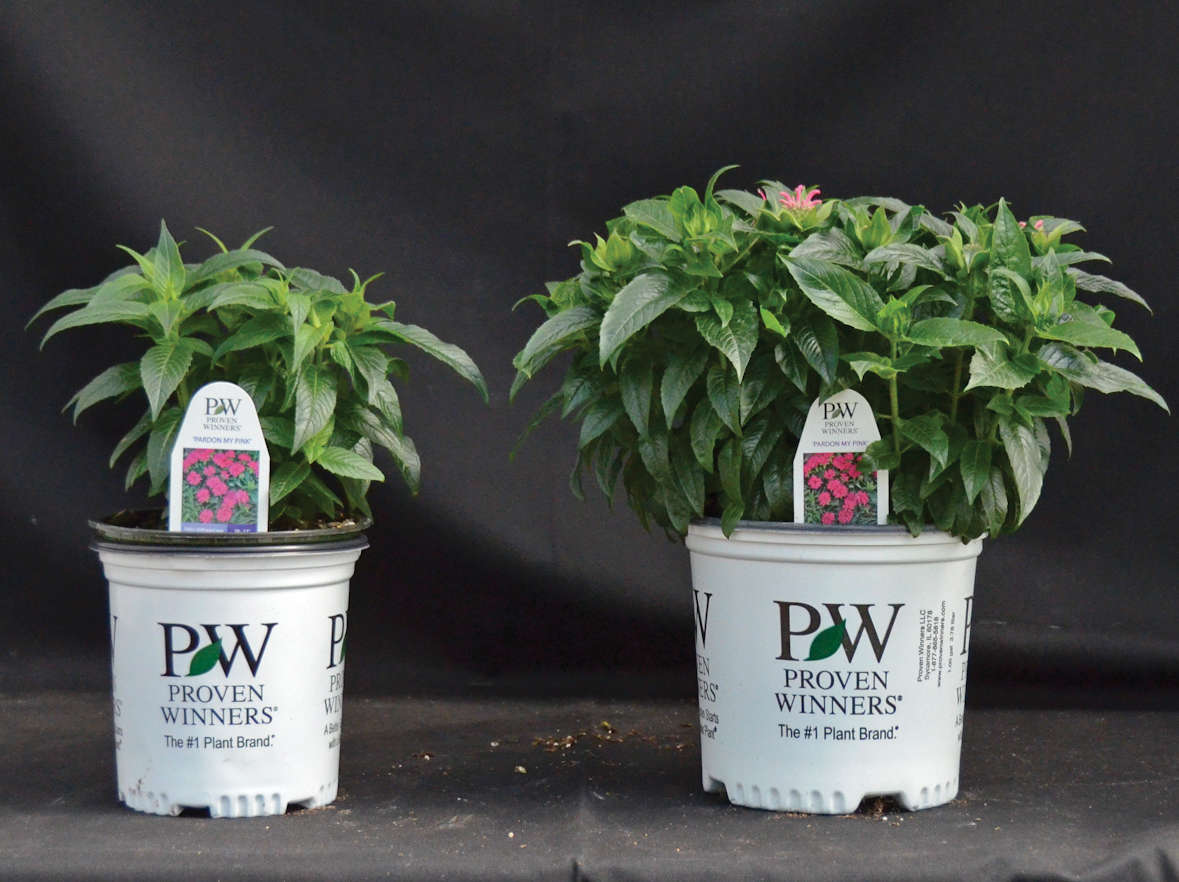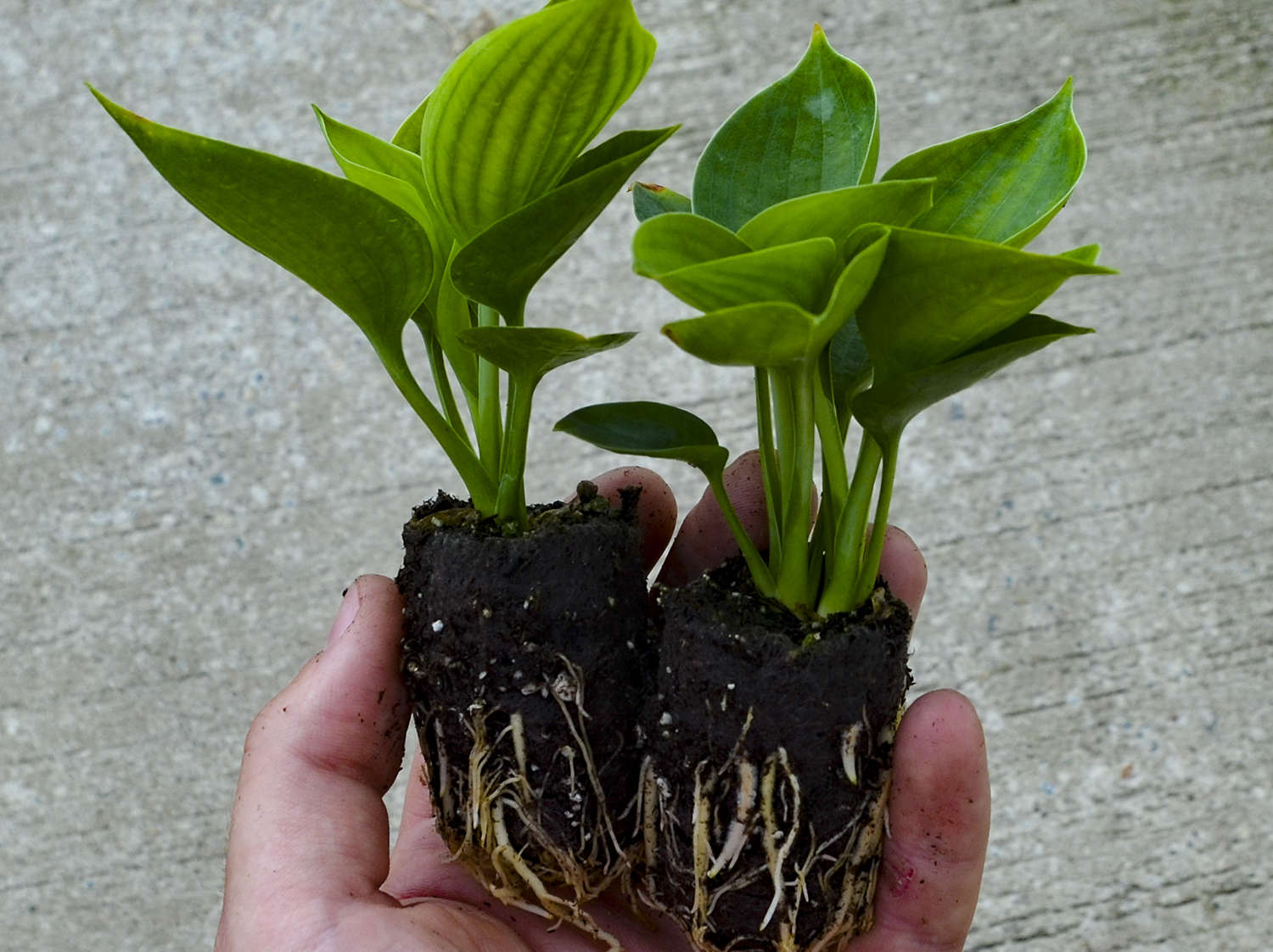Perennials Demystified
Taking the Fear out of Growing Premium Perennials
09/19/2013
By: Paul Pilon
The perennials finished growers produce are often placed into two categories: “Bread and Butter” and “Premium”. Bread and butter perennials are those varieties which have been commoditized, are widely grown, and are considered the backbone of most perennial programs. Premium perennials on the other hand are high end perennials which are usually genetically superior to other varieties on the market, are more expensive to reproduce, and are produced for premium programs at a higher price point.
Although premium perennials usually have the same cultural growing requirements and production schedules as most of the bread and butter perennials, many finished growers are hesitant to produce them in fear of production failures and losing money from the higher priced starting materials if things don't go right during production. This article will take the mystery out of growing four key genera of premium perennials and give you the confidence you need to be successful with them.
Keys to Growing Premium Perenniams Successfully
- Finishing high quality perennials requires practicing sound fundamentals such as:
- Obtaining and planting high quality starting materials
- Using a growing mix with good physical properties (aeration and drainage)
- Providing the appropriate nutrition (type and quantity)
- Maintaining appropriate irrigation practices
- Ensuring the proper growing environment (light, temperature, air circulation, and crop spacing)
- Scouting and implementing the appropriate pest and disease programs
Tips for Finishing Brunnera
- Plant soil line of the liner even with the soil line of the final container.
- Requires an average amount of irrigation. Keeping them too dry will result in leaf scorch. Conversely, overly wet conditions lead to crown rots.
- Brunnera are light feeders requiring only 50 to 75 ppm nitrogen with every irrigation or 150 ppm as needed.
- Leaf scorch can also occur under high light intensities. Provide 35 to 55% shade between mid-April and early September.
- Aphids and slugs are the primary pests.
- Crown and root rots including Fusarium, Phytopthora, and Thielaviopsis are the primary diseases.
- Requires vernalization for flowering.
- After vernalization, it takes 4 to 5 weeks to flower at 60 to 65° F
Recommended Cultivars: ‘Jack Frost’, ‘Emerald Mist’, 'Looking Glass', 'King's Ransom'
Tips for Finishing Echinacea
- Keep the liners moist until they are ready to transplant. Water them well just prior to transplanting.
- Avoid overwatering. Too much irrigation decreases their rate of growth and makes them more susceptible to diseases.
- Provide 100 ppm nitrogen with every irrigation or 200 ppm as needed.
- Aphids, leafhoppers, slugs, and whiteflies are the primary pests.
- Botrytis commonly occurs from late fall through late winter on foliage while overwintering and may infect the crowns. Provide excellent ventilation and low humidity (less than 80% RH) during this period.
- Aster yellows is an irreversible viral-like disease that causes yellowing of the leaves, reddening of the plant, stunting and deformed flowers. Discard any plants showing these symptoms.
- Applications of the growth regulator Configure can be applied to promote branching. Apply 300 to 600 ppm twice at 14 day intervals.
Flowering Requirements for Seed Varieties of Echinacea
- Flowering occurs the most rapidly and uniformly when they are grown under constant 14 hour day lengths.
- Seed cultivars are short day/long day plants. Bulking plants under 9 hour day lengths for 6 to 8 weeks before exposure to long days (14 hours) improves crop quality.
- It takes 10 to 13 weeks from the beginning of long days to flower at 68 to 72° F.
Recommended Seed Grown Cultivars: ‘PowWow Wild Berry’, 'PowWow White', PRAIRIE SPLENDOR™, 'Cheyenne Spirit'
Flowering Requirements for Vegetative Varieties of Echinacea
- Short day lengths will cause the plants to maintain a compact rosette growth habit.
- For bulking or sizing up the plants, produce them under 24 hour day lengths using day length extension lighting. This keeps them actively growing and non-flowering.
- Ideally, obtain liners from a supplier who provides 24-hour lighting in their production program.
- Once the plants have bulked up, they can be exposed to long days to promote flowering. 14 hours is the best day length for flowering Echinacea.
- For late spring to early summer sales, it is best to provide day length extension rather than night interruption lighting.
- It takes 10 to 13 weeks from the beginning of long days to flower at 68 to 72° F.
Recommended Vegetatively Grown Cultivars: ‘Butterfly Kisses’, Butterfly series including ‘Julia’, 'Cleopatra', and 'Purple Emperor', 'Virgin'
Tips for Finishing Hellebores
- Use large starting materials to reduce the incidence of juvenility and improve the uniformity of bloom.
- Juvenility is more prevalent with seed strains.
- Transplant liners in the late spring the year before they are needed for sales.
- Requires an average amount of irrigation. Never allow Helleborus to wilt. Avoid overwatering them during the summer months when the rate of growth is reduced.
- They are moderate feeders. Apply 100 to 150 ppm with every irrigation while the plants are actively growing.
- Maintain light levels below 6,000 footcandles. Provide 50 to 70% shade during the summer months.
- Watch for aphids, Botrytis and powdery mildew.
- Requires vernalization for flowering.
- After vernalization, grow under natural day lengths.
- Flowers early with cool temperatures.
Recommended Cultivars: Winter Thrillers™ series (individual colors available), Penny’s Pink®, 'Anna's Red', Ivory Prince
Tips for Finishing Heuchera
- Do not bury the crown when transplanting.
- Average water requirement. Avoid moisture extremes.
- Light to moderate feeders. 75 to 100 ppm nitrogen with every irrigation. Avoid excessive salts.
- Grow under light shade. Cultivars with green to yellow foliage are more sensitive to high light intensities and chemical applications.
- Aphids, Phytopthora and Rhizoctonia are the primary pests and diseases.
- Most cultivars require vernalization for flowering. Often marketed as foliage perennial.
- Bulk in the final container for at least 6 weeks before overwintering them.
- After vernalization, it takes 6 to 9 weeks to flower at 60 to 65° F
Recommended Cultivars: ‘Caramel’, ‘Obsidian’, 'Blackberry Ice', CINNAMON CURLS™, 'Lava Lamp'
Paul Pilon is a horticultural consultant, owner of Perennial Solutions Consulting (www.perennialsolutions.com) and author of Perennial Solutions: A Grower’s Guide to Perennial Production. He can be reached at paul@perennialsolutions.com or (616) 366-8588.
